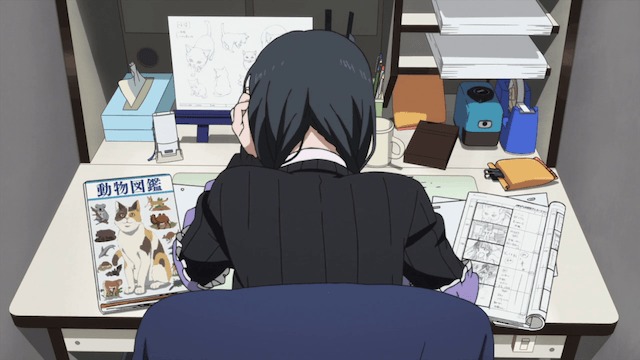The world we see brought to life on screen, from the fantastical landscapes of anime to the eye-popping action of Hollywood blockbusters, hides a dark secret: the animation industry is in crisis. Animators, the talented artists who breathe life into these stories, are woefully underpaid, overworked, and face constant job insecurity.
This article delves into the systemic problems plaguing the animation industry worldwide. We’ll explore the harsh realities faced by animators in both the anime powerhouse of Japan and the seemingly glamorous world of American 3D animation. From the minimal wages of Hollywood studios like Sony Pictures and the predatory environment in Nickelodeon to the soul-crushing world of the Japanese anime industry, the picture is far from rosy.
Japan, a global leader in animation, is notorious for its “black companies” with exploitative working conditions. Young animators, often fueled by passion, are subjected to grueling hours, intense pressure, and meager salaries. A 2019 report by Anime News Network quoted an animator saying, “We worked all night, every night, for weeks on end.” This system not only burns out talented artists but also hinders creativity.
“There are a lot of artists out there who are amazing,” she said, adding that studios “have a lot of cannon fodder — they have no reason to raise wages,” Simona Stanzani, Japanese to English translator on The New York Times.
Across the Pacific, the situation isn’t much better. Even at studios celebrated for their cutting-edge 3D animation, like Sony Pictures Imageworks, stories abound of long hours, tight deadlines, and pressure to meet unrealistic goals. “It’s not uncommon for people to be working 80, 90 hours a week leading up to a deadline,” anonymous animator on Cartoon Brew 1. These words paint a grim picture of the human cost behind dazzling visuals.
As expected, if big productions also face these outrageous working conditions, the smaller projects such as TV shows will have it much worse. This was presented by the organization Labor Notes which worked with Nora Meek, a TV storyboard artist, who described working for the behemoth in children’s animation Nickelodeon as a very predatory experience. Animators were often paid less than minimum wage, not getting any benefits, and pitted animators against each other for a small increase in their wages.
Many causes can be put to blame due to these working conditions, budget, poor planning, and an overpopulated industry can explain this. Budget concerns can almost explain all the other issues, in America the majority of animation studios pay close to the minimum wage to their animators and on average 10k dollars more to the directors, this can be correlated with the growing trend of Animation CEOs and executives which take bonuses in the millions that grow every year while they profit from the hard work of their employees, and enjoy of a carefree lifestyle. Magazine Variety investigated wages taking for example of this is David Zaslav, Warner Bros. Discovery CEO who took a bonus close to 50 million dollars on top of his income which was an increase of 26% from the previous year. Other executives took the liberty to increase their pay as well, with their bonuses increasing from 16% to 60%. These lower wages and budgets end up in unorganized productions, with projects such as Jujutsu Kaisen and Spider-Man Across the Spider-Verse being finished days before being aired and core components of the projects being changed even a week before release.
“I’ve done a job that nobody would appreciate, and I’m sure I’ll continue to do so,(…)I’m sorry that I couldn’t finish all 250 cuts in two weeks,” animation director, Hokuto Sadamoto on his Twitter. Sadamoto was in charge of the release of Jujutsu Kaisen Episode 14.
References
https://www.nytimes.com/2021/
https://gamerant.com/jujutsu-
https://gamerant.com/mappas-
https://www.cbr.com/jujutsu-
https://www.theverge.com/2023/
https://www.glassdoor.com/
https://labornotes.org/2024/
https://sojapan.jp/2015/05/



